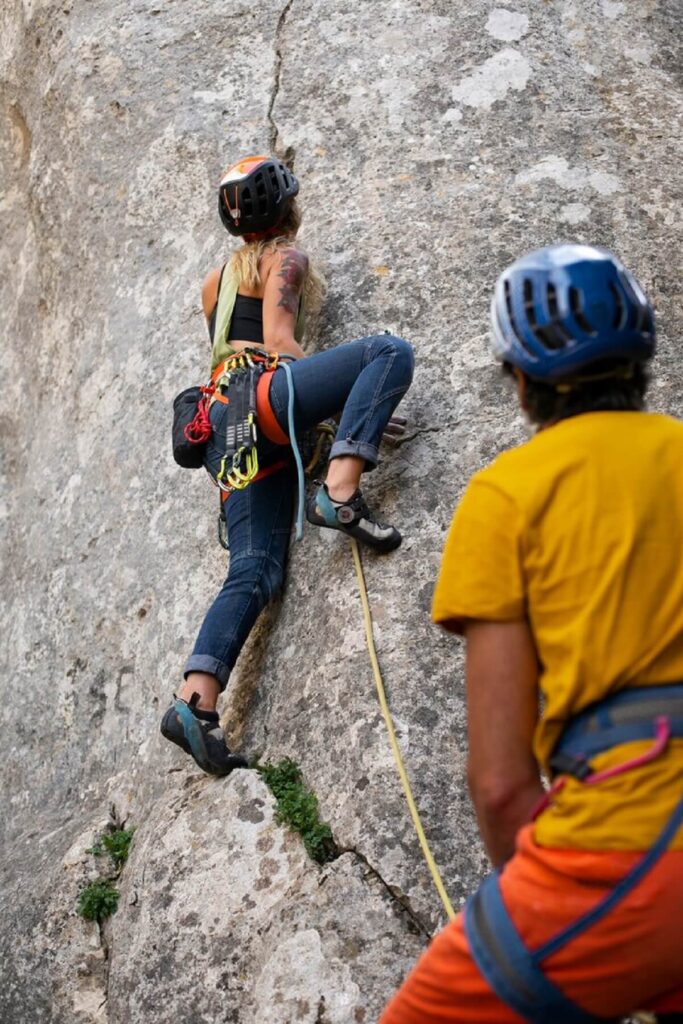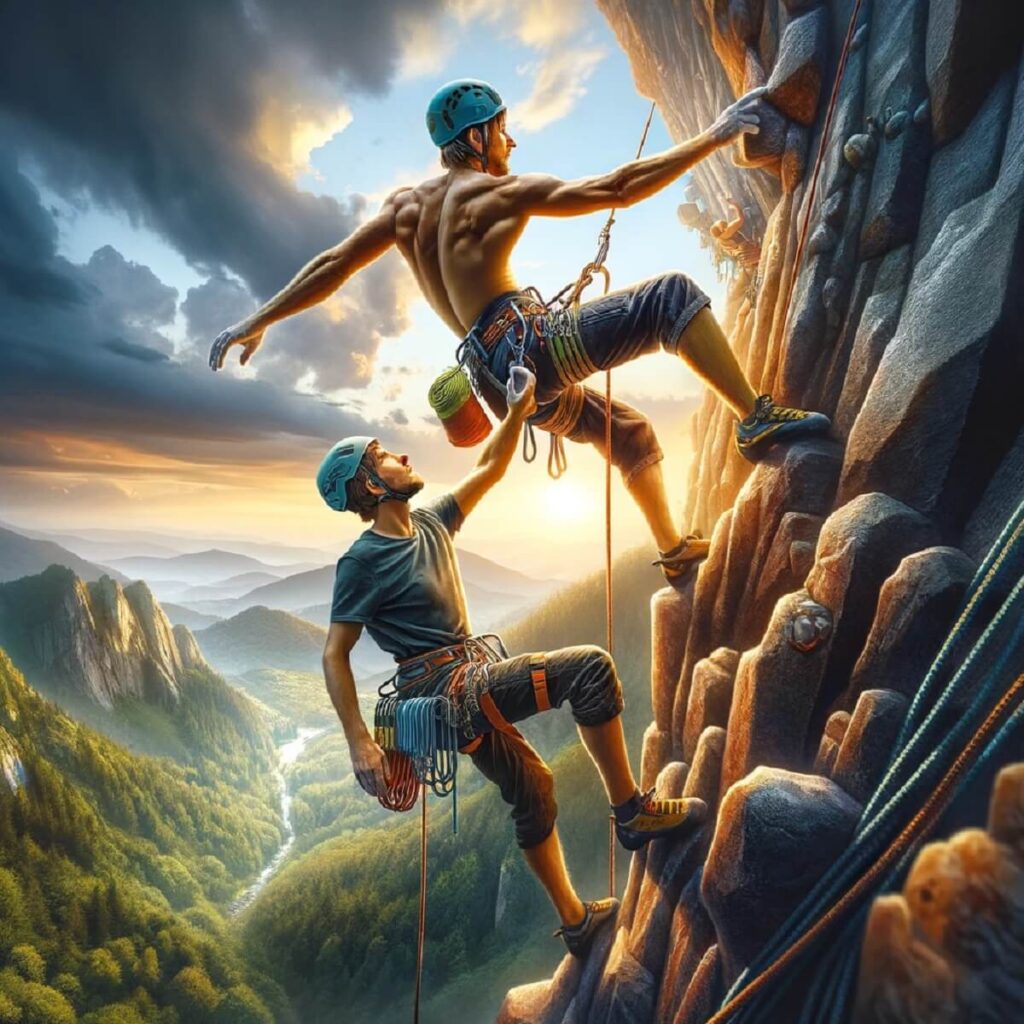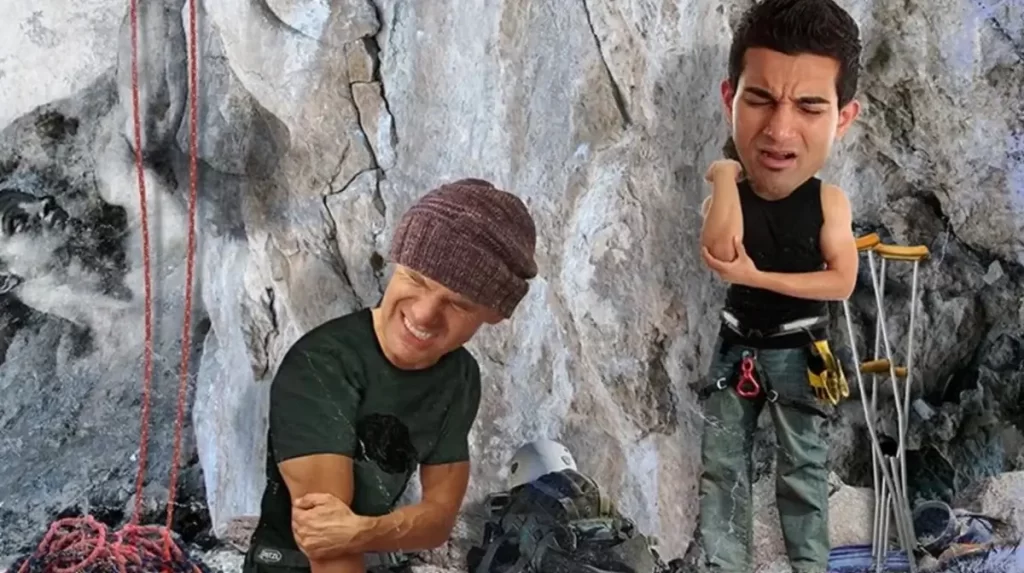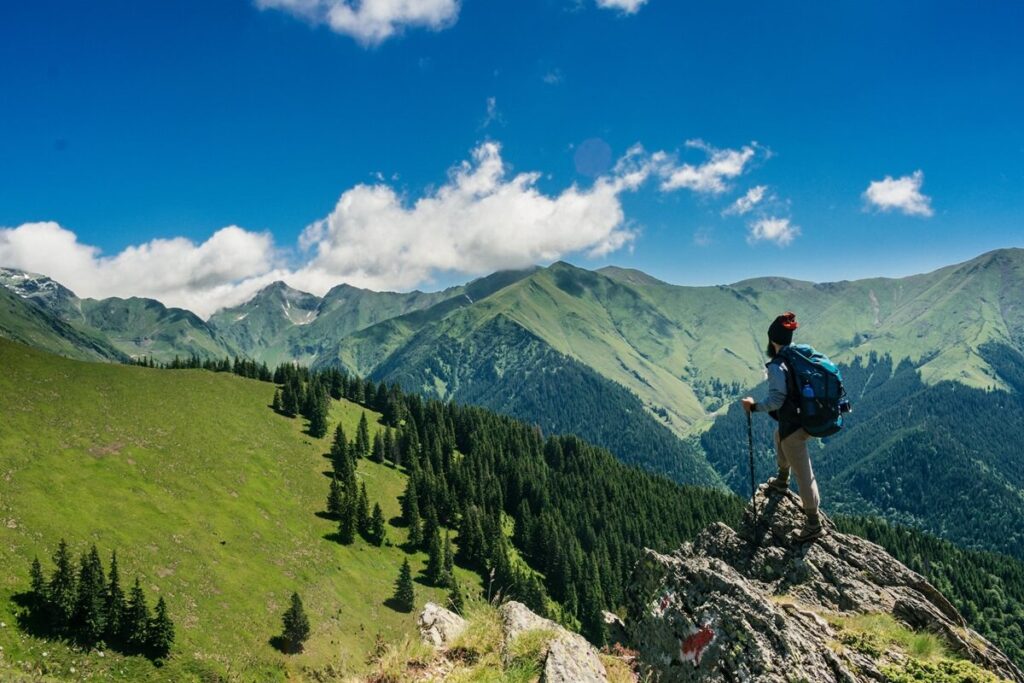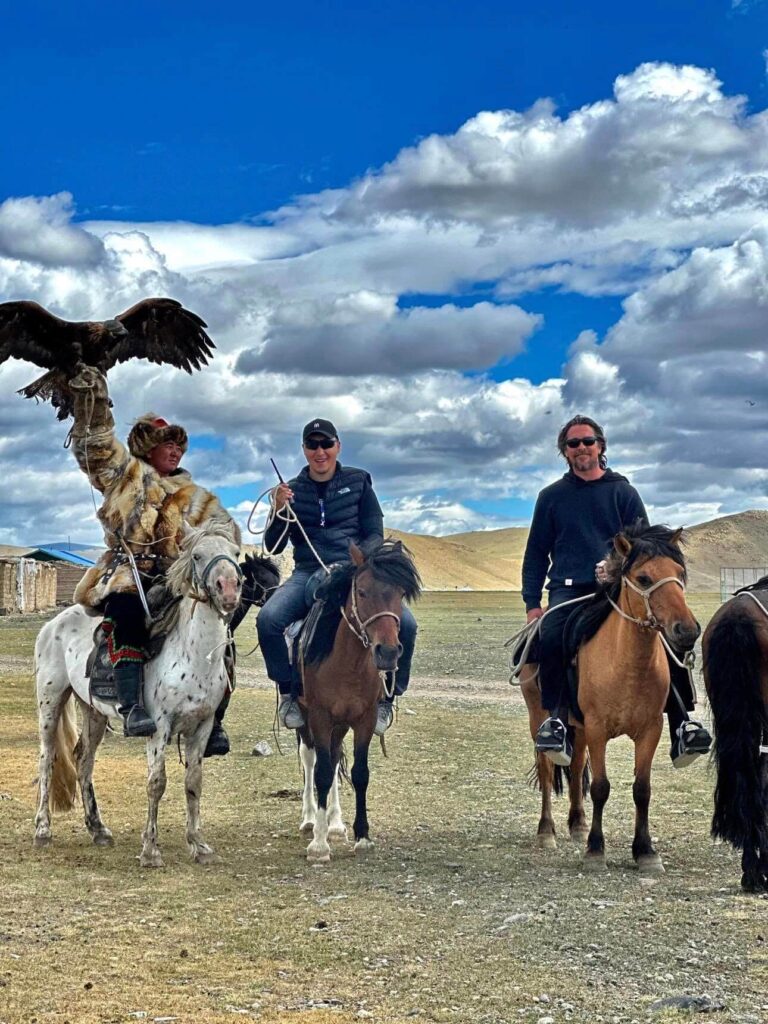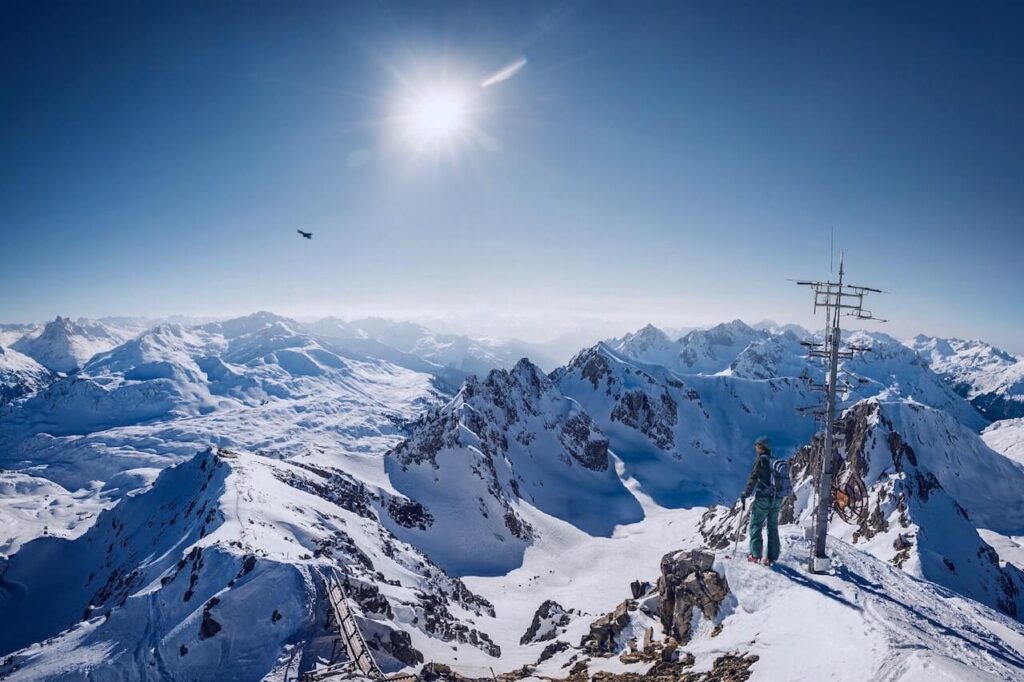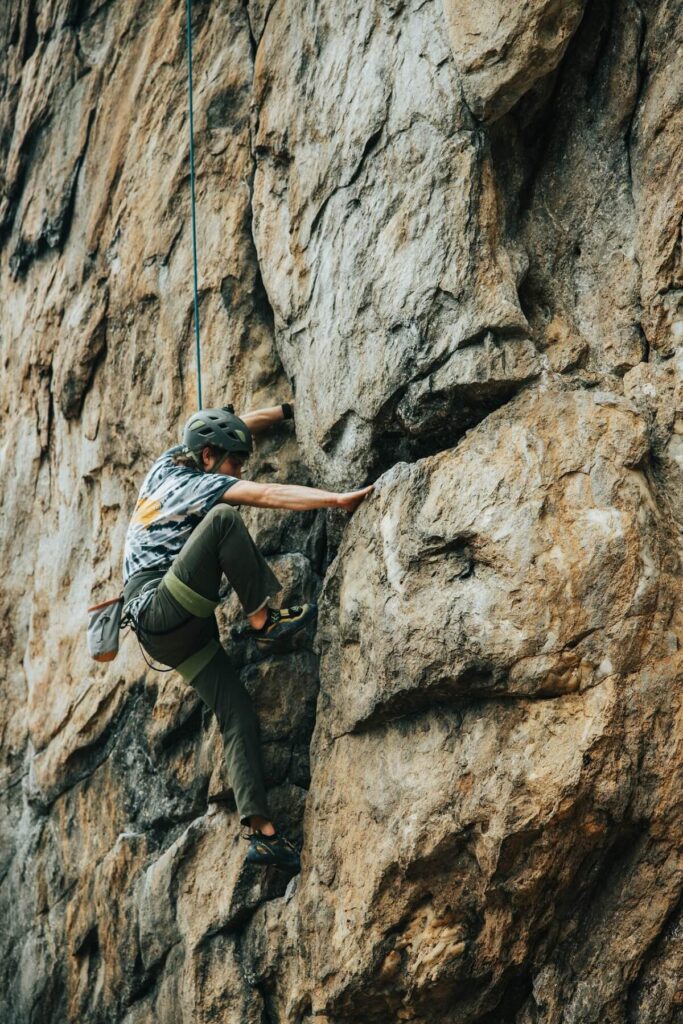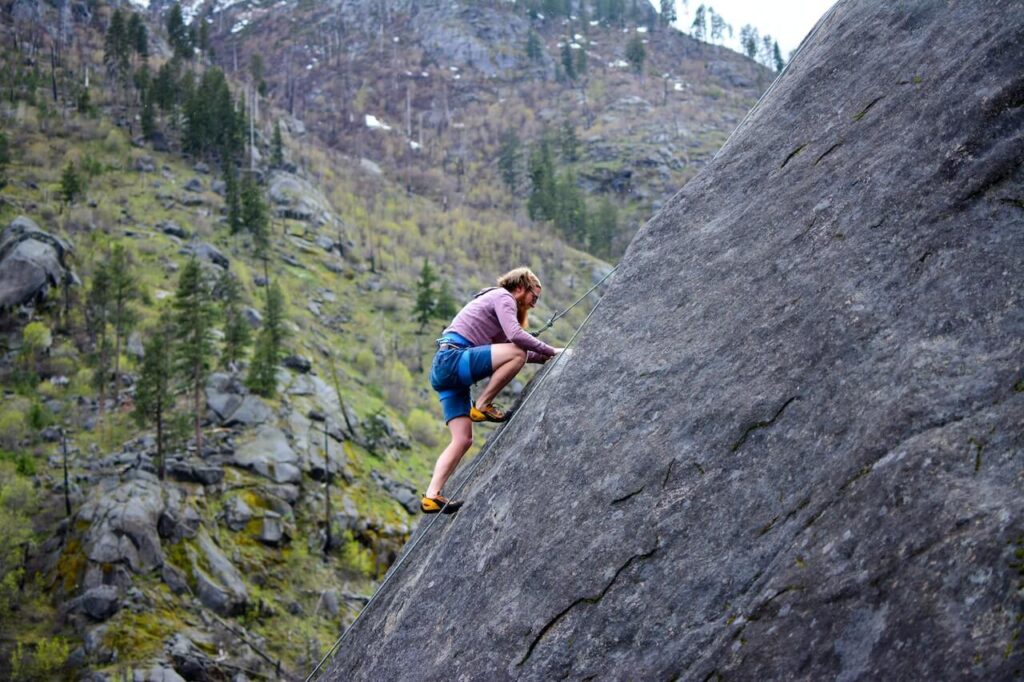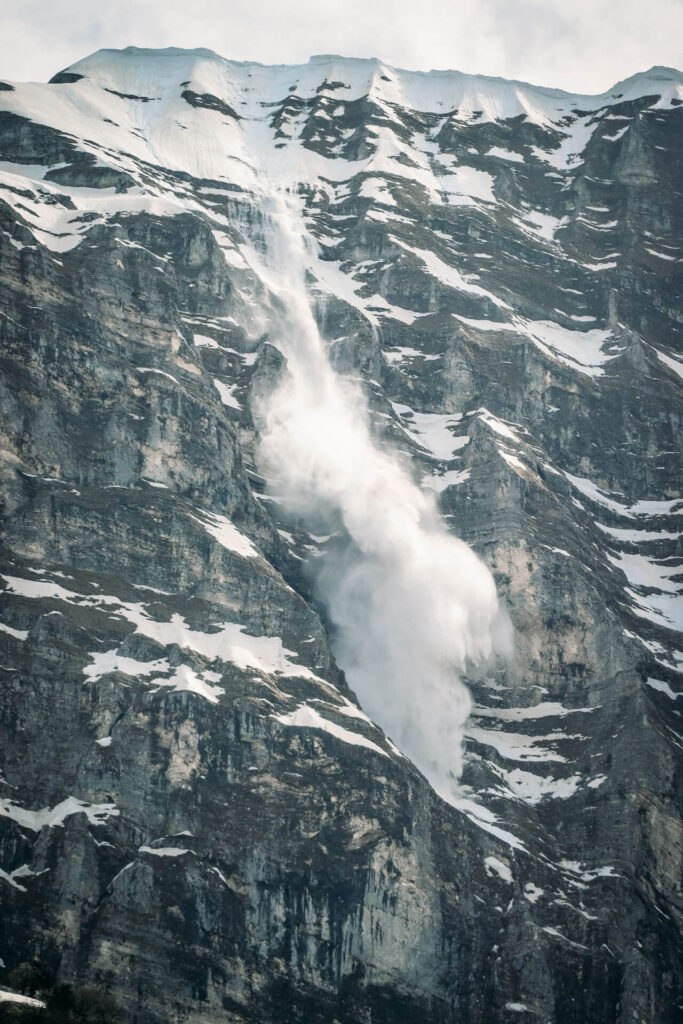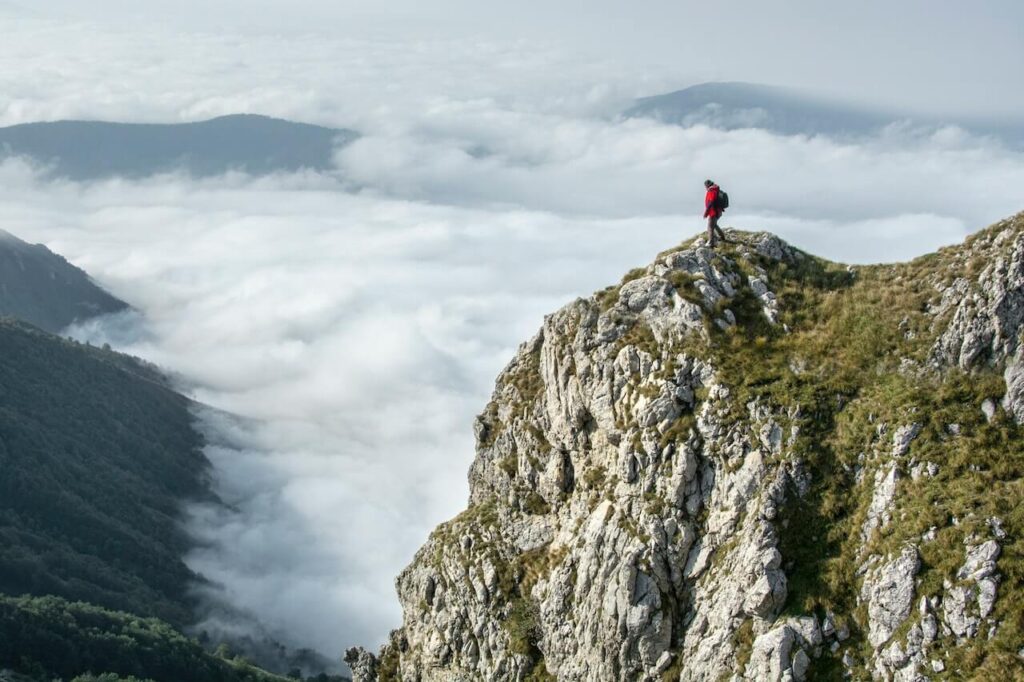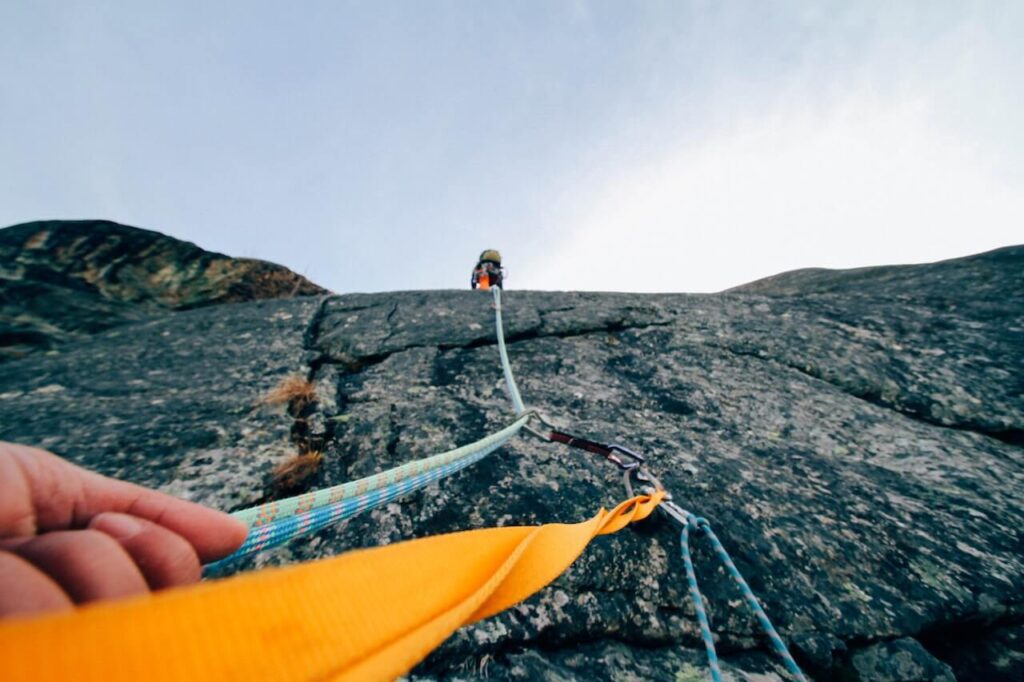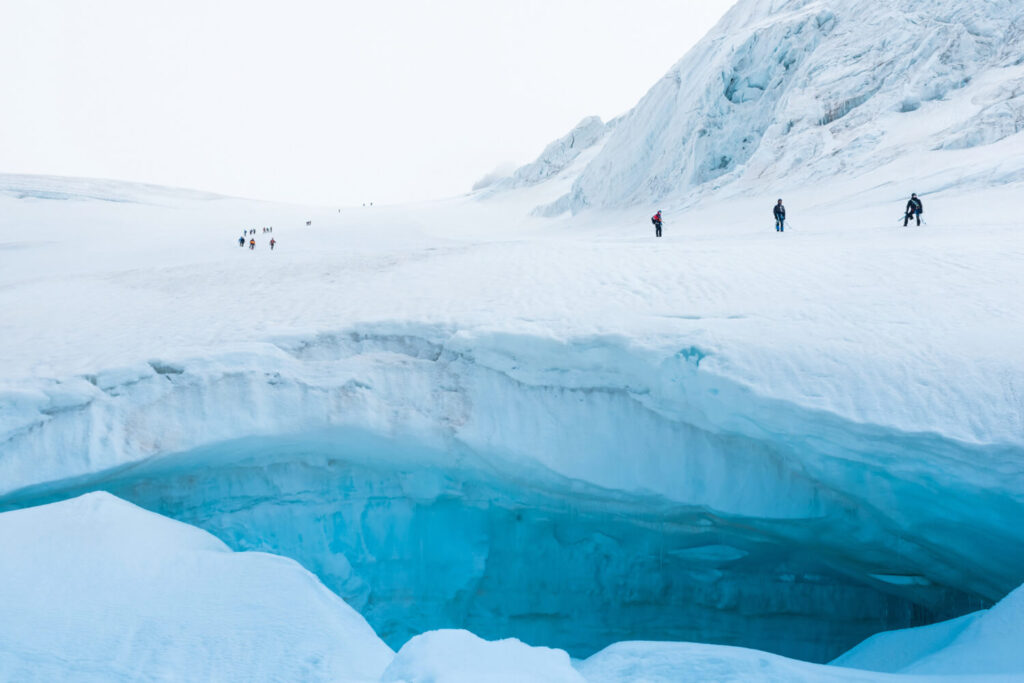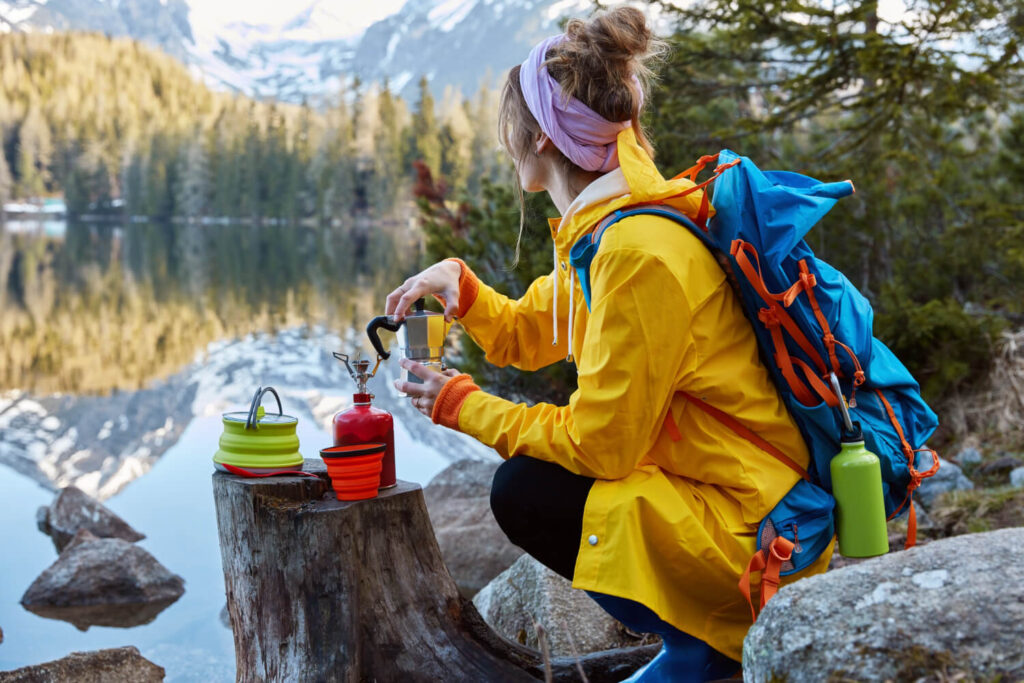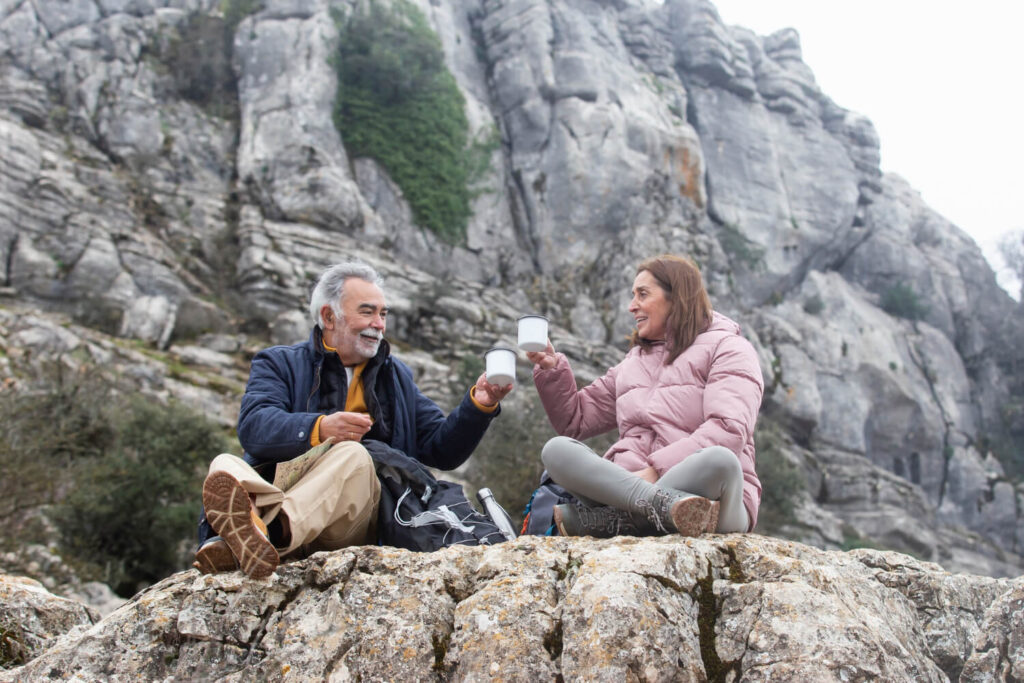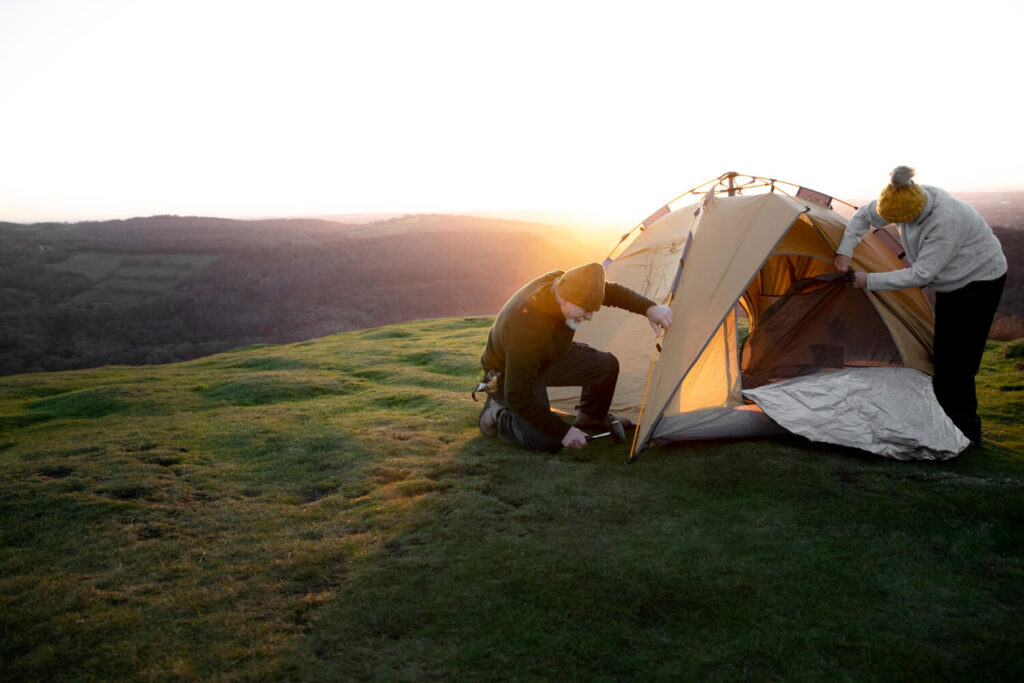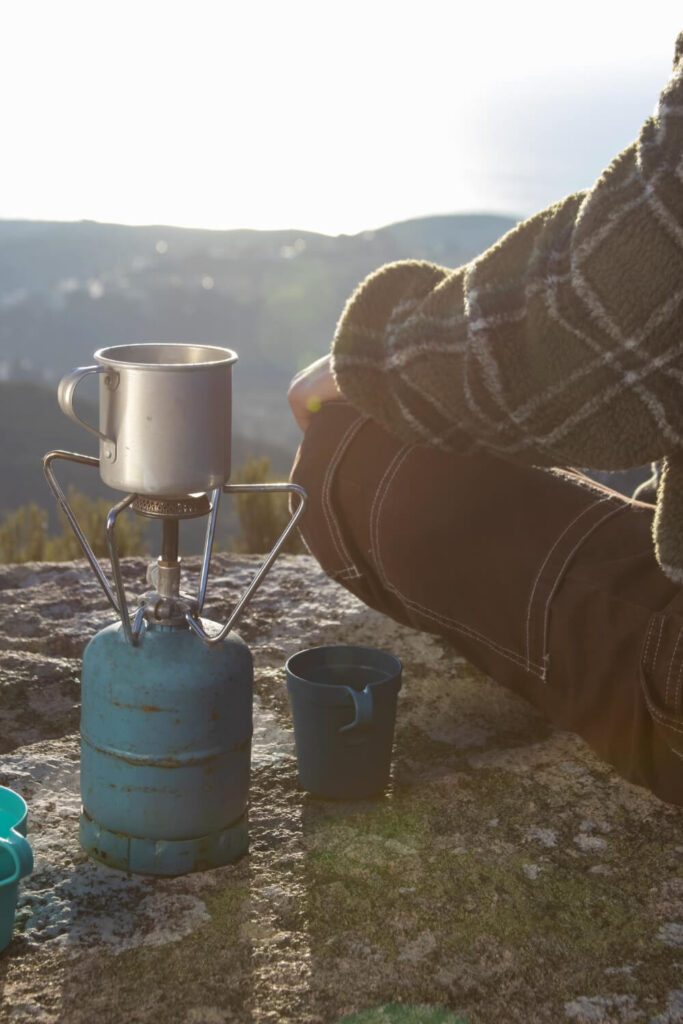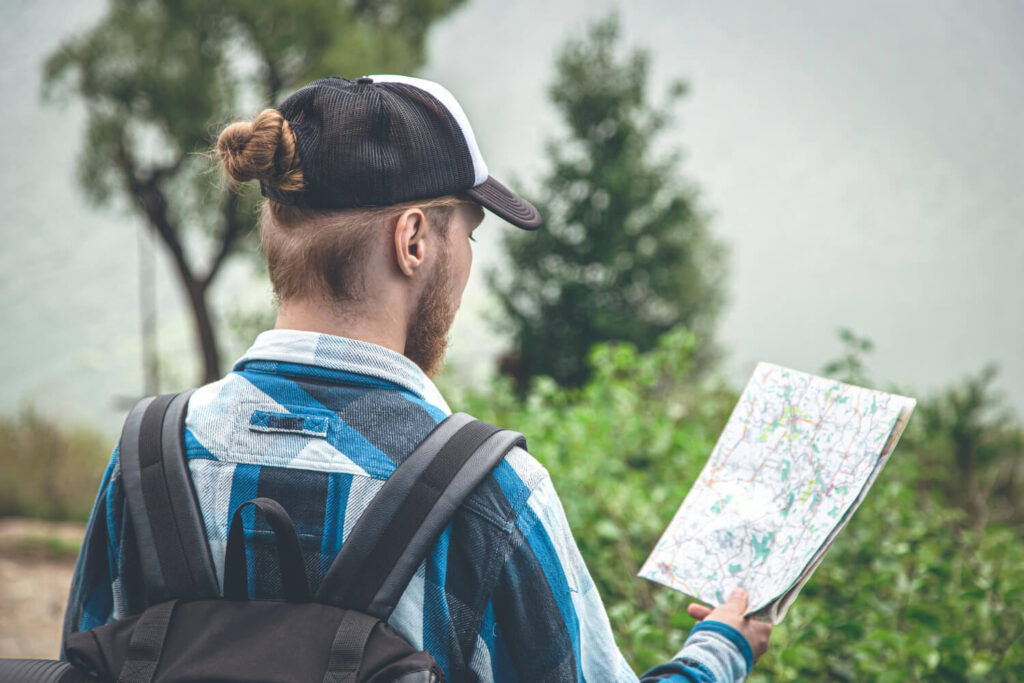Mountaineering is a popular adventure sport that attracts thrill-seekers from around the world. Scaling mountains requires physical strength, technical skills, and mental endurance. However, it is also one of the most dangerous sports that require a high level of safety precautions.
Among the many safety measures, self arrest mountaineering is one of the most critical skills that every mountaineer must know. So let’s learn more about this technique.
What is Self Arrest in Mountaineering?
Self-arrest mountaineering is a technique used by mountaineers to stop themselves from sliding down a snow or ice-covered slope. It involves using an ice axe and proper body positioning to slow down and stop a slide. When a climber falls and starts sliding down a slope, he must quickly react to self-arrest to prevent a dangerous fall.
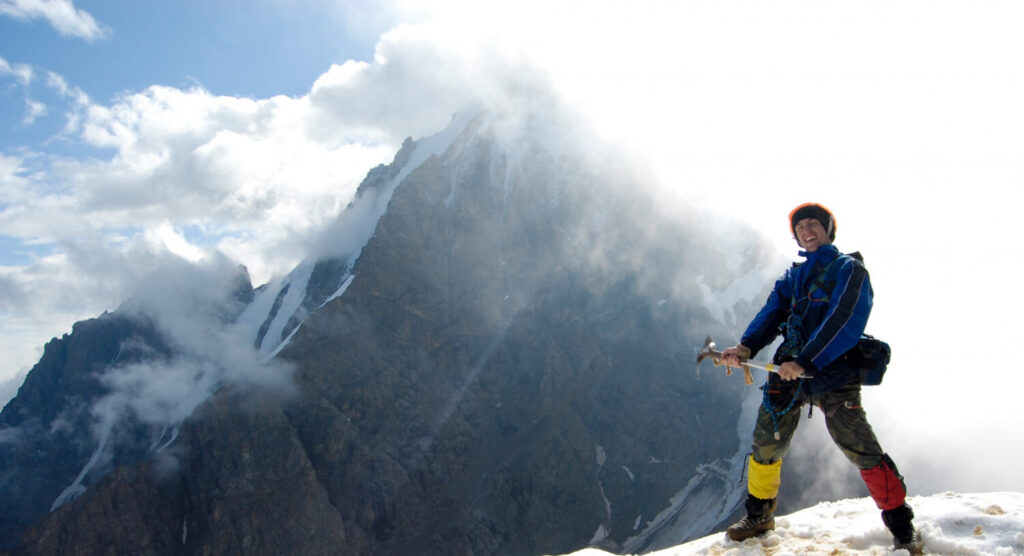
Why is Self Arrest Mountaineering Essential?
Self-arrest mountaineering is essential because it can prevent a fall from turning into a life-threatening situation. Falling down a slope without the ability to self-arrest can result in serious injuries, or even death. Therefore, every mountaineer must know how to self-arrest and must carry an ice axe when climbing on snow or ice-covered slopes.
How to Self-Arrest
To master self-arrest mountaineering, you need to follow these simple steps:
Self Arrest With Axe
When mountaineering in snowy conditions, ice axes are indispensable tools that make the climb easier, but they can also be dangerous due to their sharp ends. It is crucial to have proper knowledge of how to use an ice axe and practice self-arrest techniques before heading out on a climb.
To self-arrest with an ice axe, the basic principle is to forcefully drive the axe into the hill, allowing you to come to a gradual stop. It’s essential to hold the axe correctly by grabbing it with your uphill hand and ensuring that the pick is facing backward. Also, keep one or two fingers on the shaft to have control over the axe’s movement. Carry the axe this way when not using it to climb to avoid slipping unexpectedly.
The best position to self-arrest is lying on your stomach with your feet facing downhill. If you fall in any other position, quickly roll or turn to get to this position to prevent accelerating rapidly on icy slopes, making it harder to stop.
To execute the self-arrest, drive the pick of the axe into the snow as hard as you can, using the shoulder of your uphill hand to aid you. Draw your body close to the axe to force it deeper into the snow, keeping your face away from the axe, and turn your face into the opposite shoulder. Cover the spike of the axe with your downhill hand, which also helps you maintain a good grip and protect your body from injury.
Keep your knees wide apart on the snow to add more weight to the axe, lifting your stomach off the snow. It’s vital to keep your feet off the ground to avoid getting stuck in the snow, which could cause severe injuries to your feet, ankles, and lower legs.
Once you’ve come to a stop, kick your toes into the slope as deeply as you can, but don’t do this too early, or you could flip, causing serious harm. Use your feet to kick in a proper platform to stand on, ensuring that it’s sturdy before standing up. Finally, make your way back uphill by kicking steps into the slope.
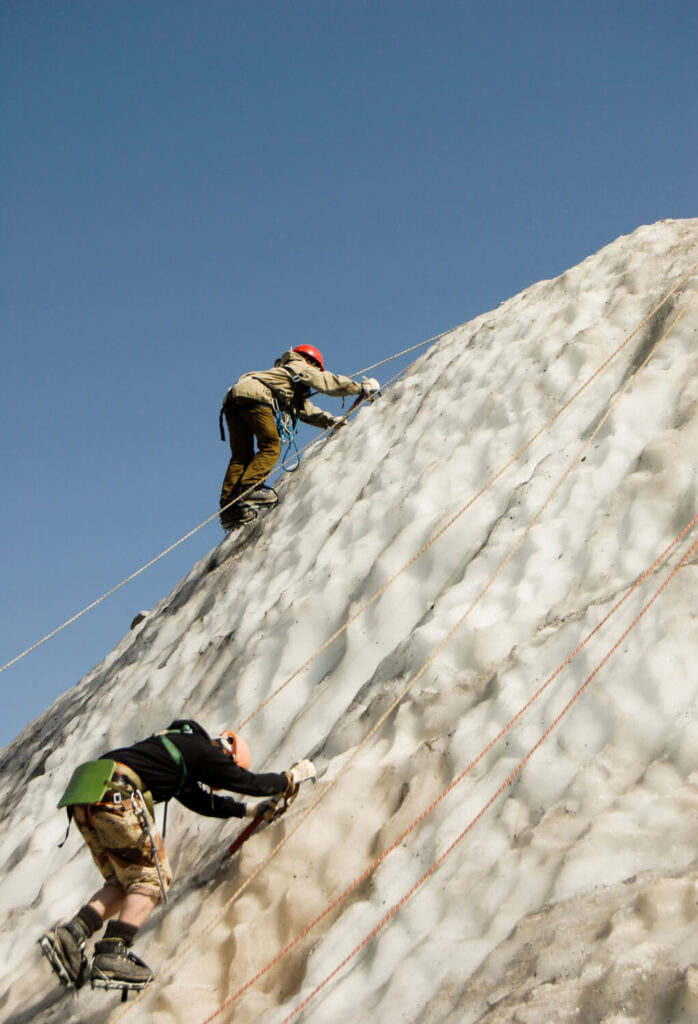
Self Arrest Without Axe
Self-arresting can be difficult without an ice axe, as it’s not as effective. If you have anything sharp and pointy in your hand, such as a ski pole, use that to slow your fall by digging it into the slope.
If you don’t have anything with you, try rolling onto your stomach with your feet facing downhill. Push your feet into the snow with your toes facing outwards, and push your hands or elbows into the snow to lift your body off the ground, using as much leverage as possible.
If you’re wearing crampons, be careful not to let your feet hit the slope while falling. This could cause you to flip and sustain serious injuries. Instead, dig your knees into the slope and keep your feet out of the way. At the same time, use your hands or elbows to dig in and keep your body off the ground.
Once you’ve stopped, create a little platform by kicking your feet into the slope. From there, you can kick in steps to walk uphill, just like if you had an ice axe. These techniques are especially important in places like Mongolia, where snowy and icy conditions can be prevalent.
Other Safety Measures
Self-arrest mountaineering is just one of the many safety measures that every mountaineer must take. Here are some other essential safety measures that every mountaineer should follow:
- Climbing with a partner – Always climb with a partner who is experienced and skilled.
- Proper gear – Always wear proper gear, including a helmet, climbing harness, and appropriate footwear.
- Weather conditions – Always check the weather conditions before climbing and be prepared for sudden changes.
- Physical fitness – Always be physically fit and prepared for the climb.

